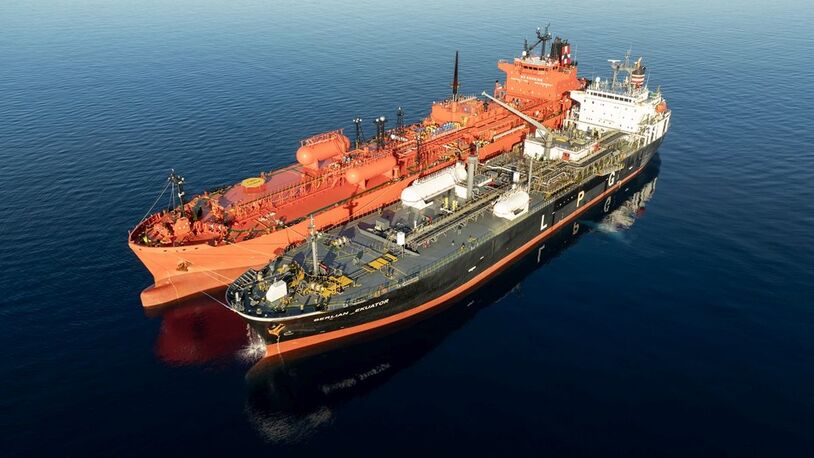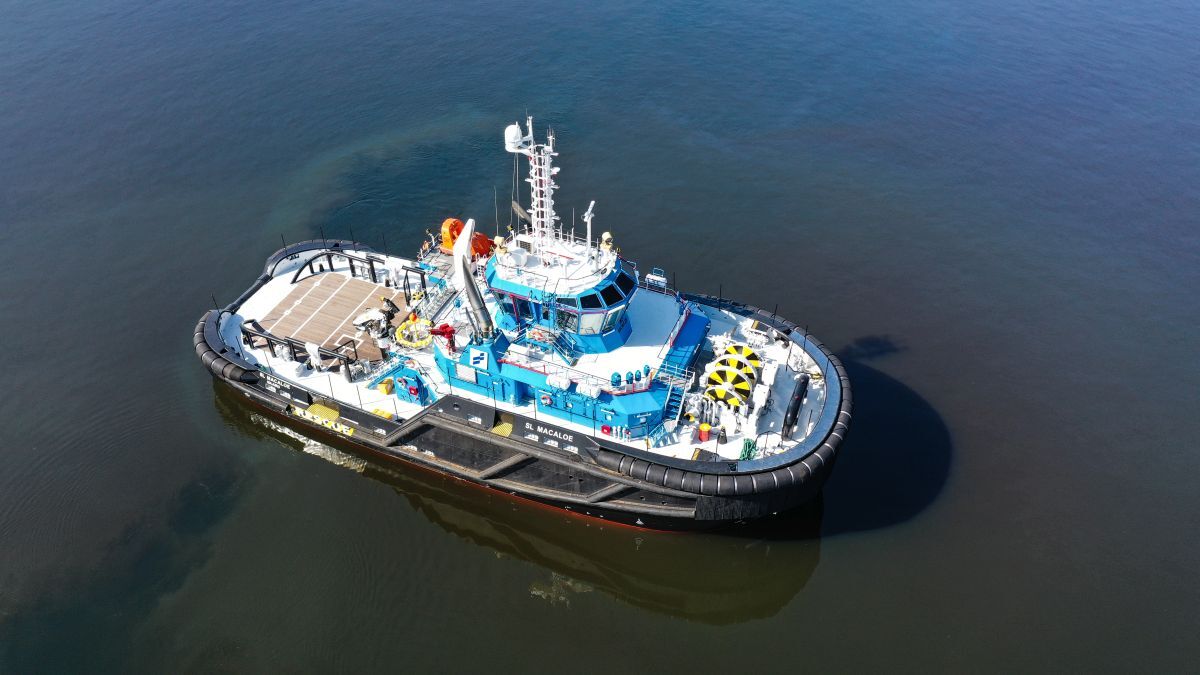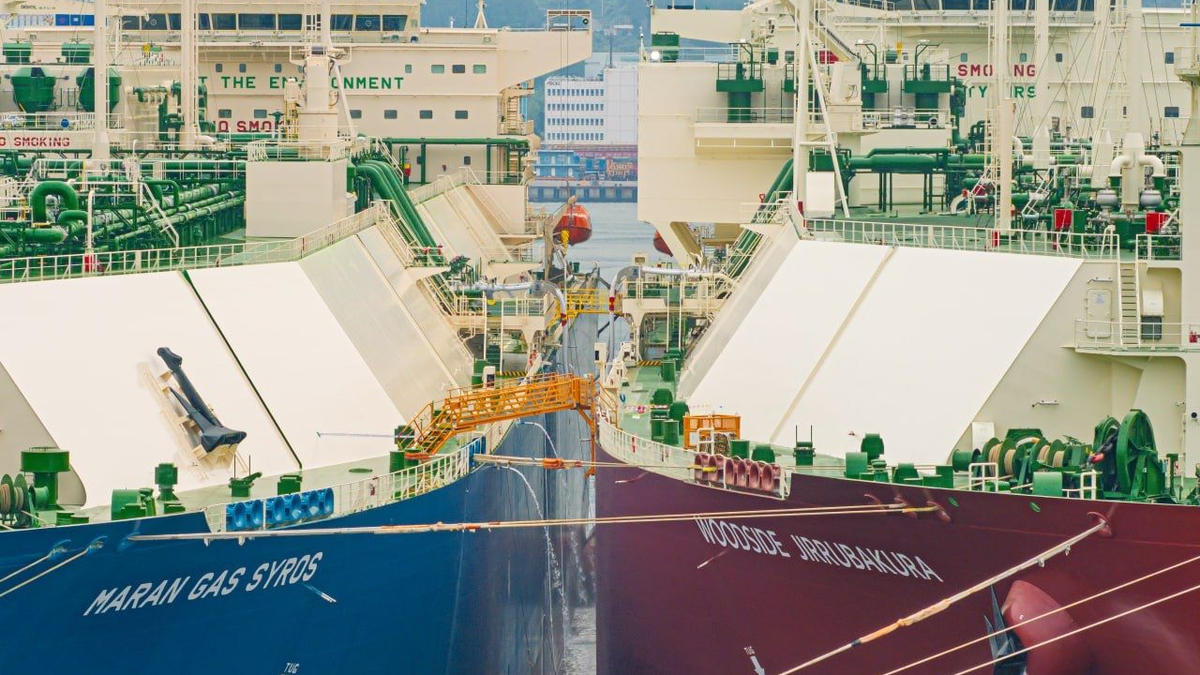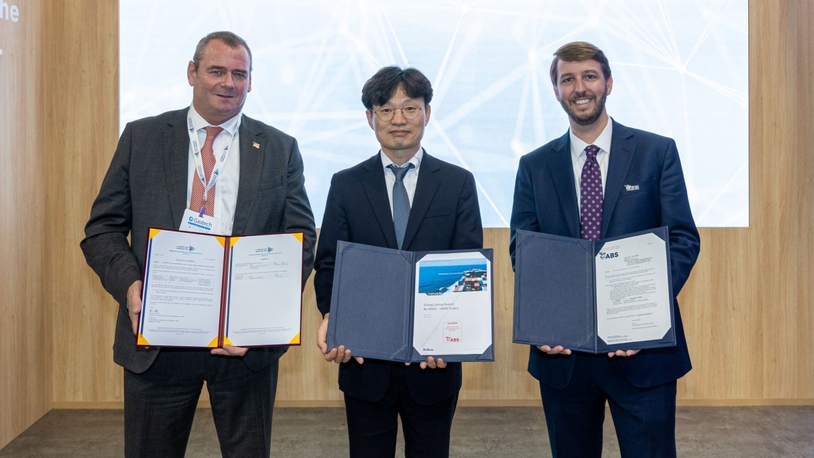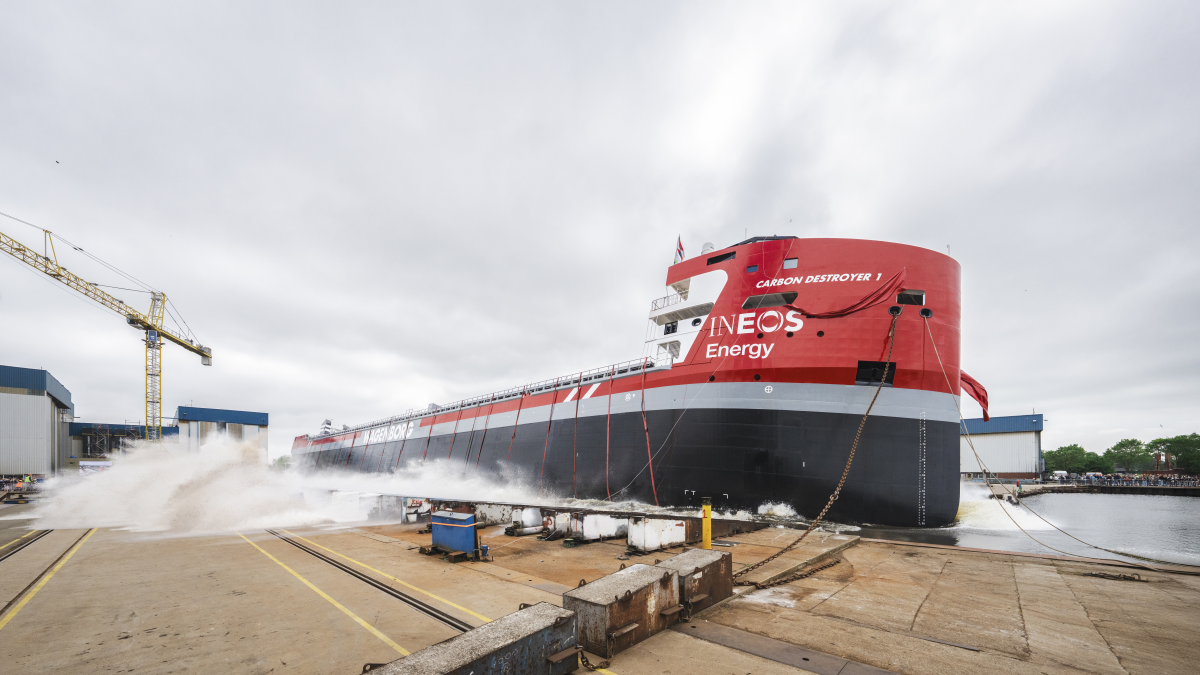Business Sectors
Events
Contents
Register to read more articles.
Orderbook tilts to alternative fuels as deliveries rise
Data show an alt-fuel heavy orderbook while the fleet grows due to limited recycling and higher deliveries
A fullscale ship-to-ship (STS) transfer of liquefied ammonia off the coast of Ceuta on 2 September 2025 provides a practical marker of how quickly operational alt-fuel capability is evolving.
NYK reported 23,000 tonnes were transferred between the ammonia carriers Berlian Ekuator and Eco Enchanted under “stringent safety protocols”, noting this was its first liquefied ammonia STS for the company. Ceuta was also the scene of a previous ammonia STS bunker trial.
NYK highlighted STS as a flexible supply method compared with land-based handling. Parties to the venture were Mitsui & Co, time-charterer of Berlian Ekuator, and Trammo, operator of Eco Enchanted.
NYK said the result would inform its work on fuels and safety.
Set against this development, the latest World Fleet Monitor from Clarkson Research Services (CRS) shows a widening transition gap between the pipeline of new vessels and the in-service fleet.
CRS records the alt-fuel capable orderbook at 155M gross tonnage (gt) at the start of September 2025, equal to 52% of gross tonnage on order, while only 9% of the fleet is alt-fuel capable despite 21M gt of such tonnage delivering in January to July 2025.
CRS places January to August 2025 vessel deliveries at 50M gt, up 4% year-on-year, with demolition limited at around 5M gt for the same period.
Weak deletions supports growth in the in-service fleet, which stands at 114,657 ships and 1.7Bn gt at the start of September 2025, with an orderbook of 7,265 ships and 300M gt.
Contracting has moderated from last year’s pace but remains slightly ahead of longer-run norms.
CRS reports 1,108 ships of 52M gt ordered in January to August 2025, 2% above the 10-year average in gross tonnage terms. Within that total, alt-fuel capable contracting accounted for 300 vessels and 27M gt, equivalent to 51% of gt contracted.
CRS also provides a high-level emissions outlook for shipping.
On a theoretical well-to-wake basis, the 2025 forecast for world fleet greenhouse gas output is shown at 1,067M tonnes CO2 equivalent, but CRS cautions this a high-level figure is subject to assumptions about trading patterns, operating speeds and fuel mix.
The world fleet greenhouse gas output figure should be viewed as a reference point against which the changing composition of the orderbook can be viewed.
The NYK-led STS operation is relevant because it speaks to the infrastructure and procedural readiness that must accompany the orderbook’s tilt. NYK positioned the ammonia transfer as part of developing an international supply network, completed under an advanced safety management system with specialist oversight.
Taken together, the data and STS operation describe a fleet still expanding on modest recycling but with a new vessel orderbook tilted toward alternative-fuel capability, alongside concrete steps to handle new fuels at scale.
The near-term rate of deliveries and scrapping will determine alt-fuel vessel visibility on the water, and how quickly parallel alt-fuel handling capabilities, such as large-scale ammonia transfers offshore, move from demonstration to routine practice.
Sign up for Riviera’s series of technical and operational webinars and conferences:
-
Register to attend by visiting our events page.
-
Watch recordings from all of our webinars in the webinar library.
Related to this Story
Events
Offshore Support Journal Conference, Americas 2025
LNG Shipping & Terminals Conference 2025
Vessel Optimisation Webinar Week
© 2024 Riviera Maritime Media Ltd.


